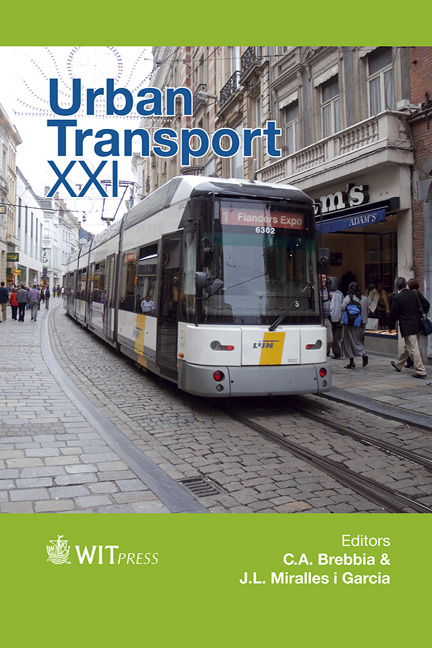Quantifying The Benefits Of Peak Spreading As A Sustainable Solution To Addressing Traffic Congestion Within The Al Ain Private School Zone In Abu Dhabi, United Arab Emirates
Price
Free (open access)
Transaction
Volume
146
Pages
13
Page Range
39 - 51
Published
2015
Size
1,051 kb
Paper DOI
10.2495/UT150041
Copyright
WIT Press
Author(s)
A. Al Jassmi, M. Ochieng
Abstract
Owing to the over-concentration of about 40 schools along an approximately 5km stretch of an urban street within the City of Al Ain, UAE, daily traffic experiences and motorists frustrations manifested in terms of intersection delay, travel time, queues, travel speed and emissions have reached intolerable levels. While varied efforts are being put in place to address the situation, the Department of Transport (DoT) embarked on a pilot study that involved staggering of the starting time of schools over a time interval of 30 minutes for two weeks. The main objective of the study was to examine the effect of peak spreading on minimizing roadway congestion and other externalities within the private school zone. The study was cross-sectional in nature and involved traffic data collection before the implementation of the staggered school starting times and during the scheme. This purpose of paper therefore summarizes the findings of the scheme in quantifiable attributes of intersection delays, link travel times and traffic volumes intensities; and also formed the basis for recommendations to further address traffic congestion within the private school zone.
Keywords
peak spreading, peak interval, average peak interval traffic intensity, average time period traffic intensity, peak spreading efficiency ratio, delay, travel time





